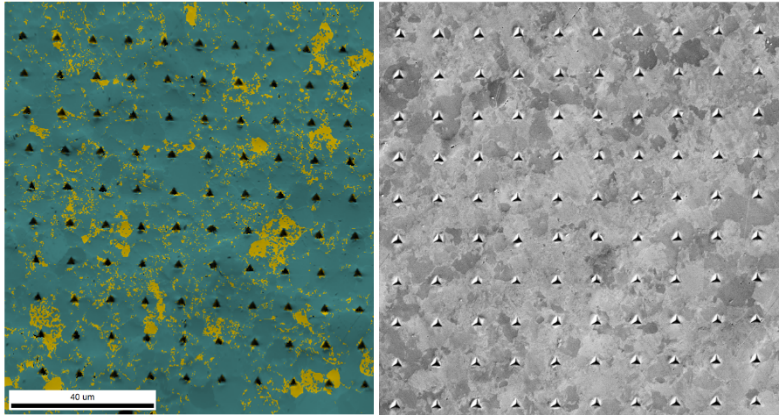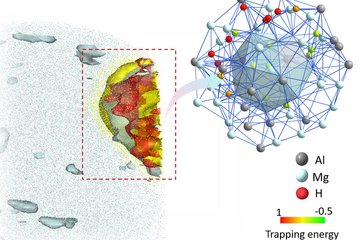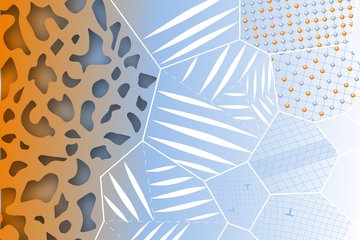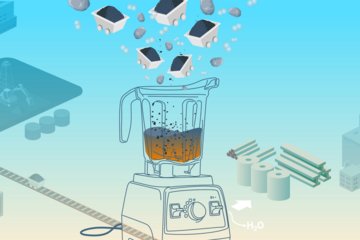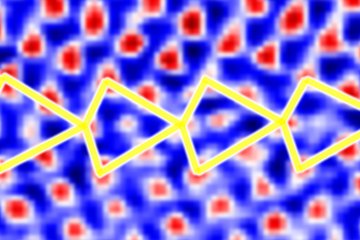Impact of hydrogen at interfaces in dual phase steels via novel micromechanical testing
Hydrogen embrittlement remains a strong obstacle to the durability of high-strength structural materials, compromising their performance and longevity in critical engineering applications. Of particular relevance is the effect of mobile and trapped hydrogen at interfaces, such as grain and phase boundaries, since they often determine the material’s performance and can be embrittled by hydrogen enhanced decohesion (HEDE). This study focuses on dual-phase (DP) steels, where ferrite-martensite interfaces play a crucial role in hydrogen embrittlement. Hydrogen absorption triggers complex interactions at these interfaces on the nano- and micro-scale; however, existing studies, especially those addressing the behavior of both mobile and trapped hydrogen, have yielded inconclusive outcomes.
In this project, the main interfaces of ferrite-martensite, common in commercial high strength dual phase steels, are studied in a multidisciplinary approach combining a novel experimental concept together with atomistic modeling. The aim is to solve two fundamental questions: i) what is the trapping behavior of hydrogen at these interfaces? and ii) how strong do hydrogen atoms weaken them?
Current mechanical studies at the micro- nanoscale are mostly limited to post-mortem probes and ex situ charging, which neglect hydrogen mobility at the analysis time. Here, hydrogen effects on dual-phase steel interfaces are studied with the help of the unique infrastructure developed at the MPI-SusMat for continuous hydrogen supply during mechanical testing. In addition to nanoindentation and micropillar compression, novel decohesion experiments of targeted interfaces will be designed and implemented by double cantilever beam bending approach in terms of the hydrogen content and location at these boundaries.
To support the experimental results, ab-initio density functional theory calculations of trapping energies at different elements of the microstructure will be carried out. These trapping energies can be correlated with the hydrogen content determined experimentally. The effect of hydrogen will be quantified by calculations of the cohesive strength of the interfaces as a function of hydrogen coverage. The challenge with these time-consuming studies is to derive a relation between atomistic structure, trapping energies, and fracture stress from a few, well-chosen case studies. These relations will form the basis for future developments to prevent HEDE.
